Chinese stocks are enjoying a strong rally today. The Shanghai SSE breaches 2800 handle and is holding 2% gain. Tech stocks led the way higher as the government indicated strong focus in development in the sector. Yesterday, the State Council renewed the ” National Science, Technology and Education Leading Group” to “National Science and Technology Leading Group”, showing the dedication in science and technology.
The group is headed by Premier Li Keqiang with Vice-Premier Liu He as deputy. Fourteen high level officials from National Development and Reform Commission, the Ministry of Education, and the Ministry of Science and Technology are also part of the group.
The major responsibilities of the group include studying and reviewing national strategies, plans and major policies for sci-tech development; deliberating major national scientific tasks and projects, and coordinating major sci-tech affairs among ministries, departments and local authorities.




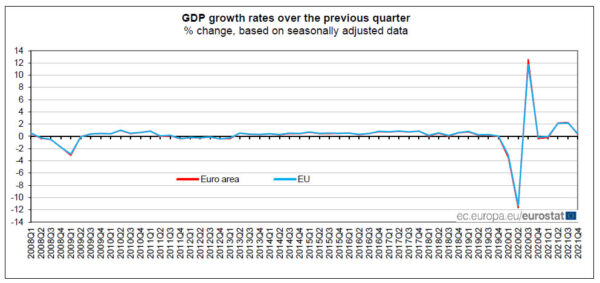
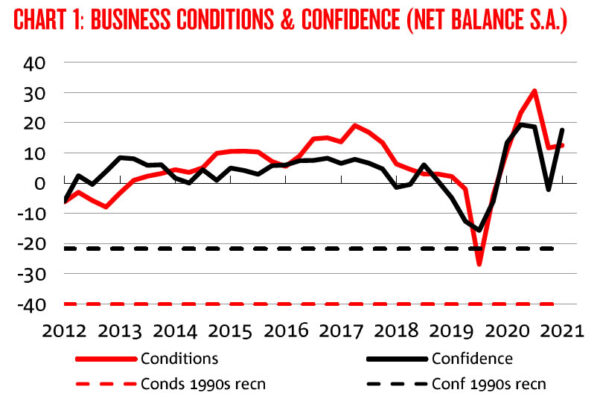
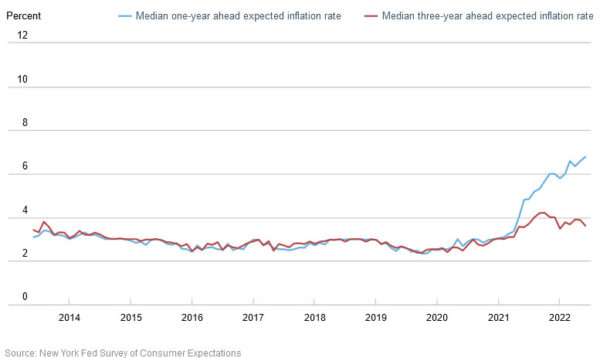
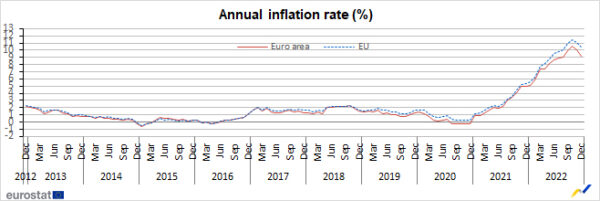

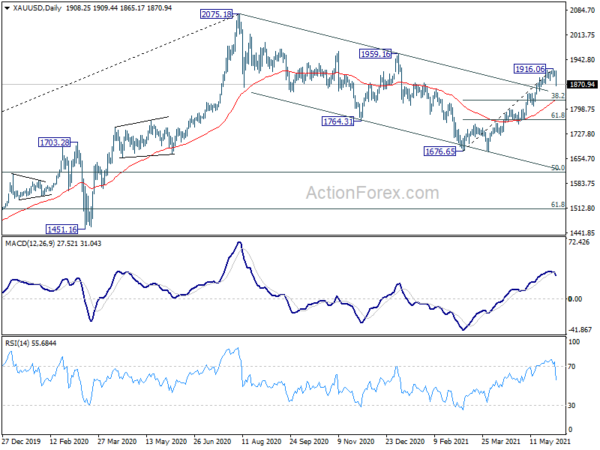
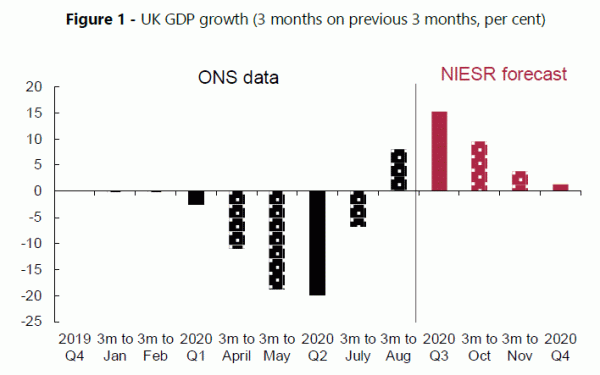
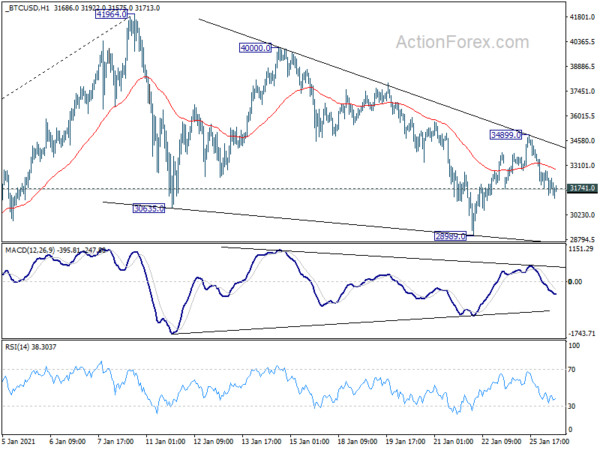
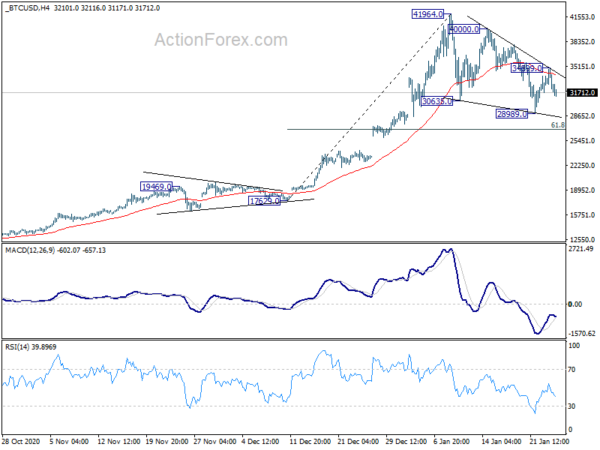
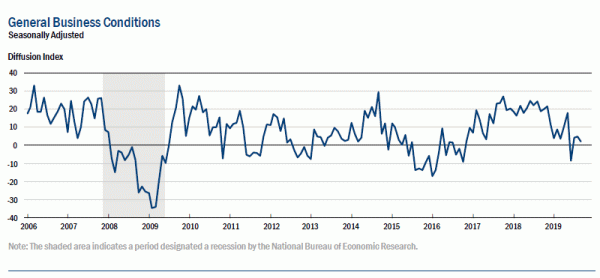
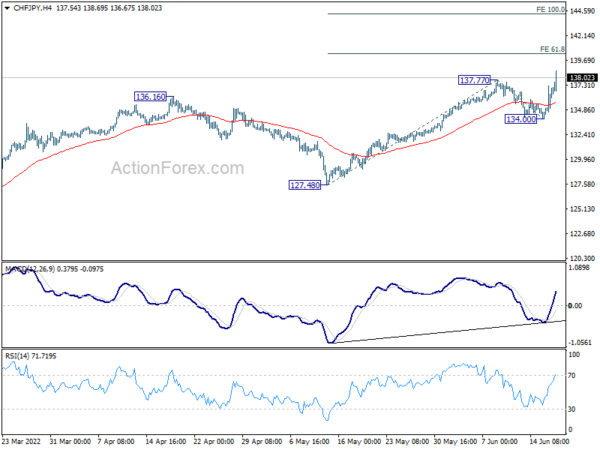
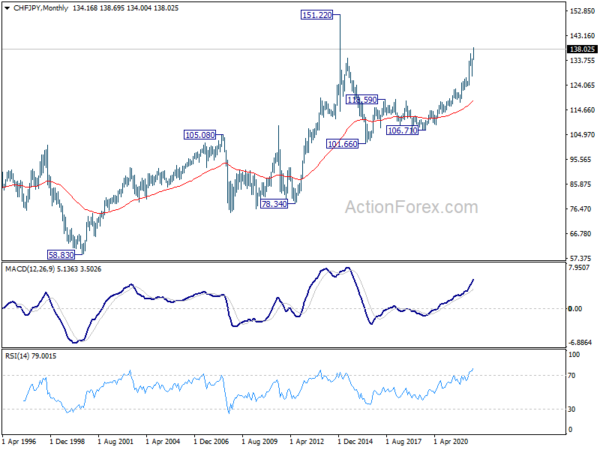
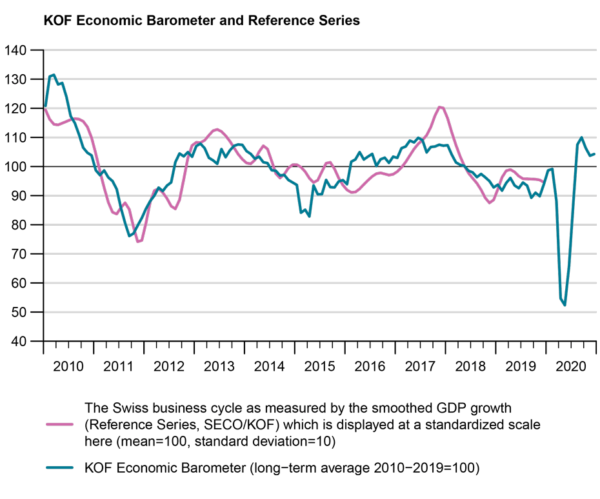

AUD/NZD soars, setting up long term up trend?
AUD/NZD soars in response to much better than expected Australia job data, and heightened expectation of RBA rate hike this year. The strong break of 100% projection of 1.0278 to 1.0610 from 1.0314 at 1.0646 is seen as a sign of upside acceleration. Further rally is now expected as long as 1.0583 support holds. Next target is 161.8% projection at 1.0851.
The bigger question now is whether the medium term fall from 1.1042 has completed as a corrective pattern, with three waves down to 1.0278. Break above above mentioned 1.0851 resistance will add credence to this bullish case. That would also argue that rise from 1.2078 is developing into a long term up trend, resuming the move from 2019 low at 0.9992 through 1.1042.